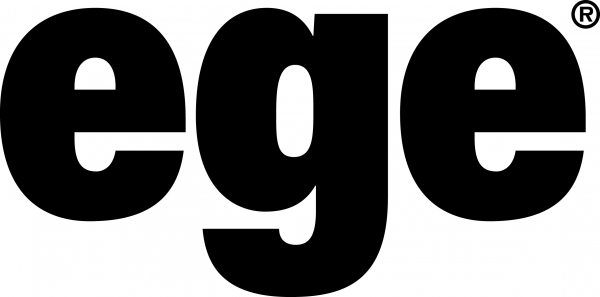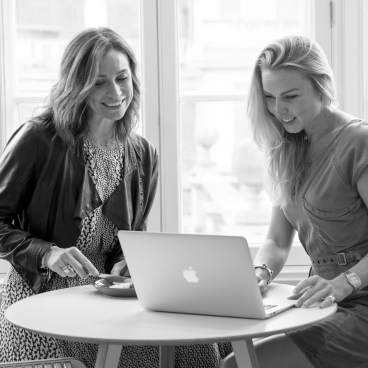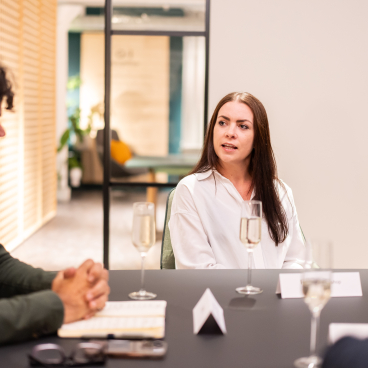What is the future of workplace?
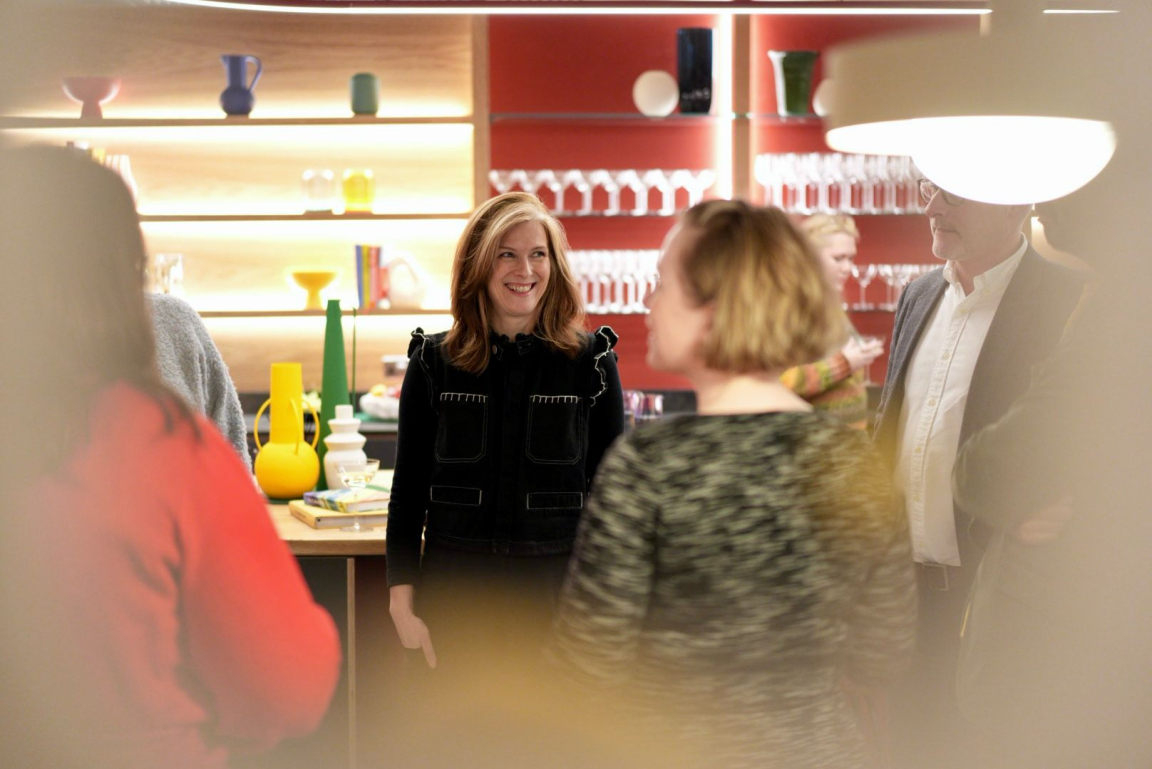
Credit: Victoria Middleton
"Flexibility is as important to people now as money is", suggested Nick Atkin, CEO at Yorkshire Housing during our last roundtable on workplace - with the notion of presenteeism - said to potentially be making a largely unwanted comeback following the pandemic - put under scrutiny. But, is flexibility the key to the future of workplace? And is it all it's cracked up to be?...
Continuing the conversations from our seminar and roundtable sessions in Manchester, we drilled down even further during our very first roundtable at Material Source Studio in Glasgow. Led by Material Source director, David Smalley, a group of expertly placed guests were brought together to discuss what the workplace of the future may look like.
From the importance of a physical workplace for allowing the development of skills, to designing for staff retention, retro-fit versus new-build, and the best way to approach data utilisation, plus the crucial need for focus on neurodiversity, much ground was covered in just an hour. Read on for a variety of perspectives on this much deliberated subject.
Our guests
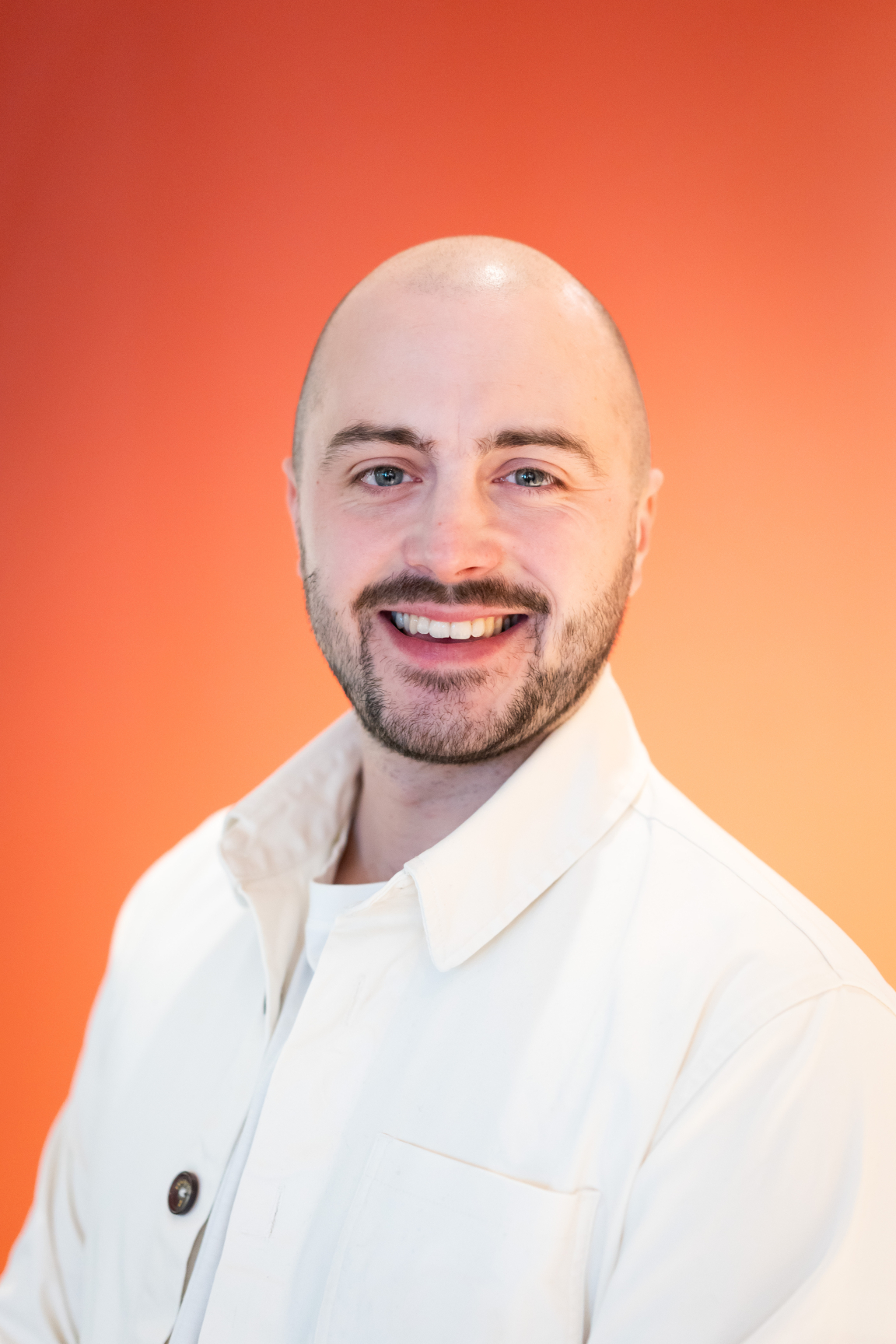
Andrew McMillan, project director, Government Property Agency
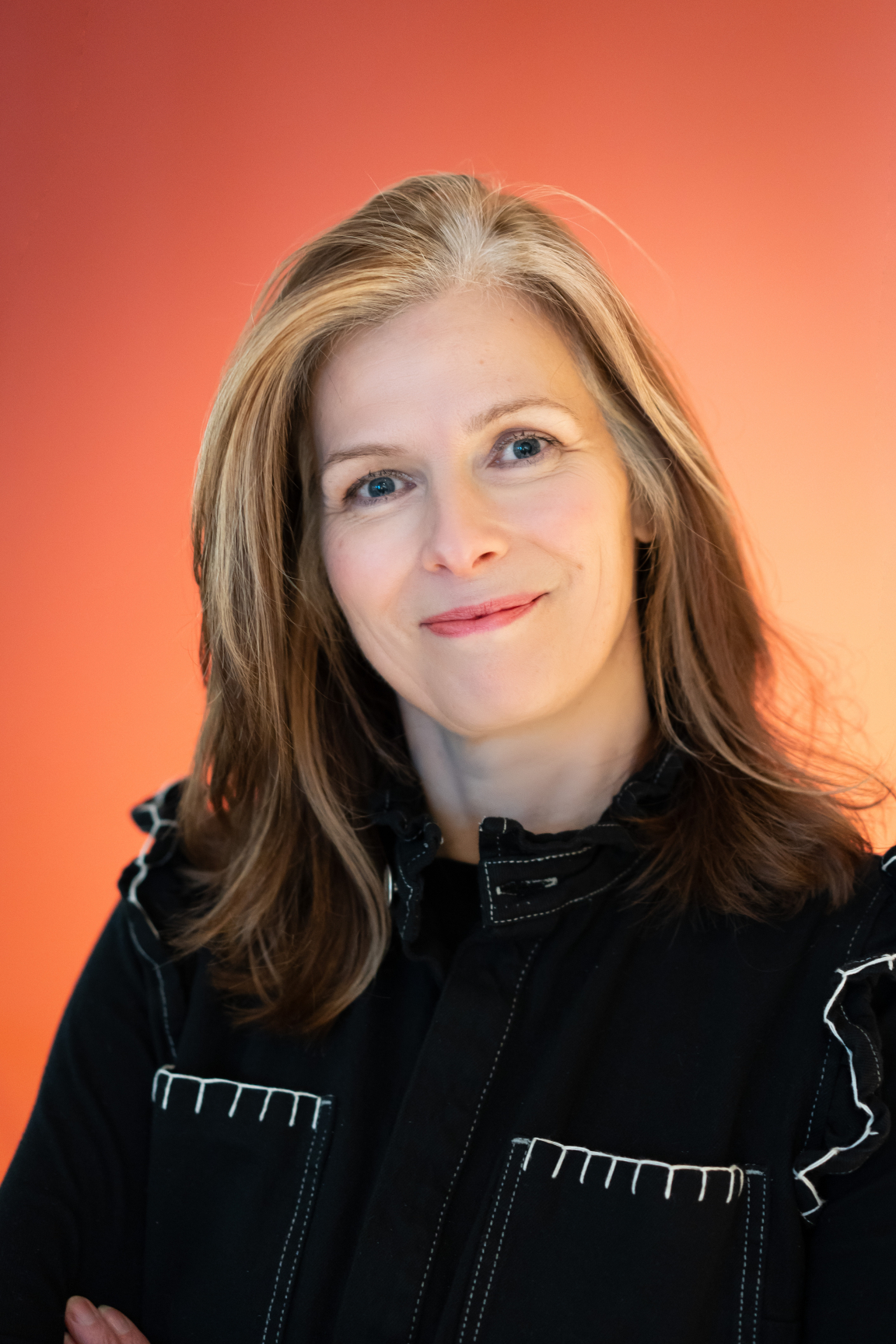
Kirsty Lang, designer and director, Graven

Chris Carr, associate workplace consultant, SPACE
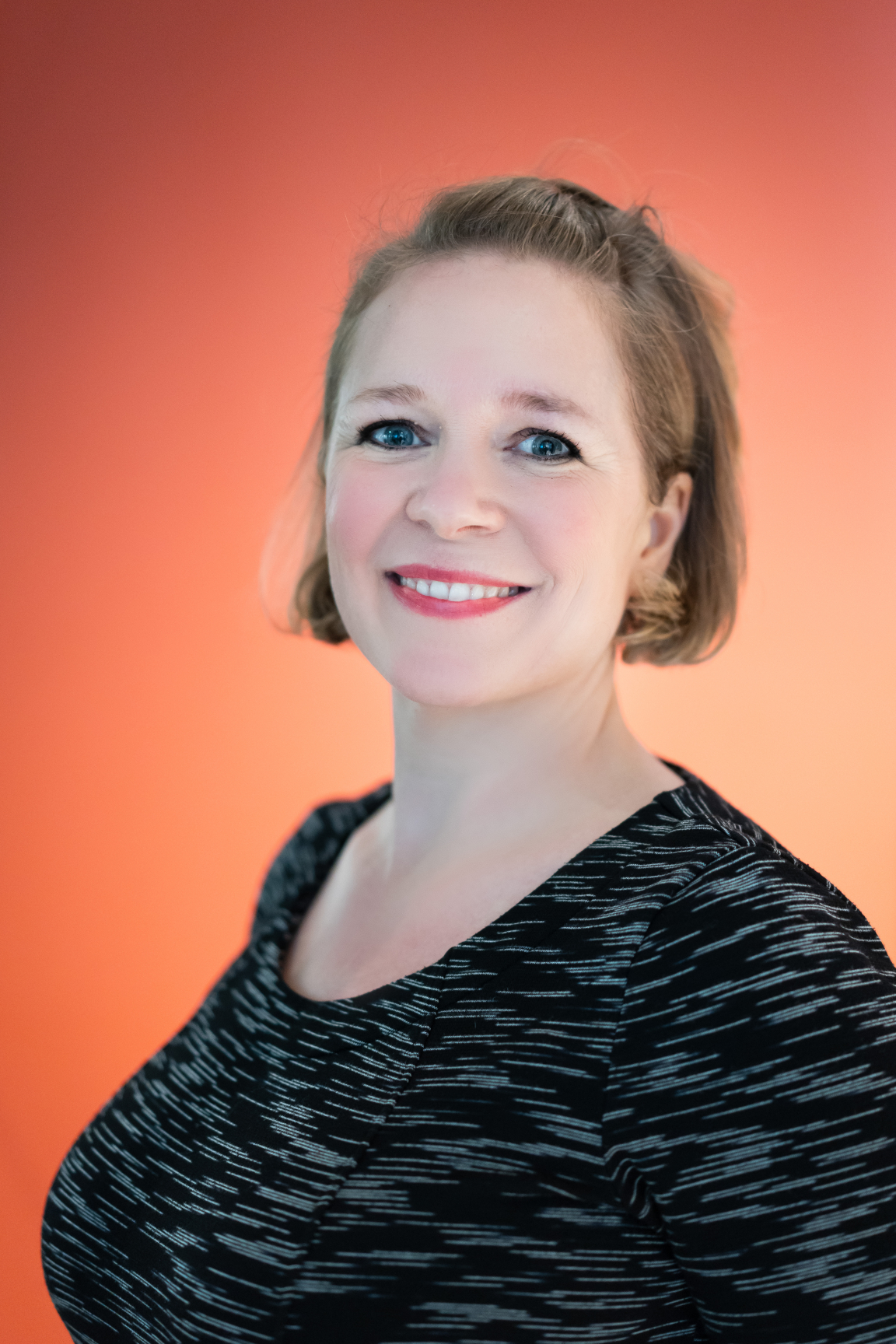
Melba Beetham, designer and lecturer at the Glasgow School of Art
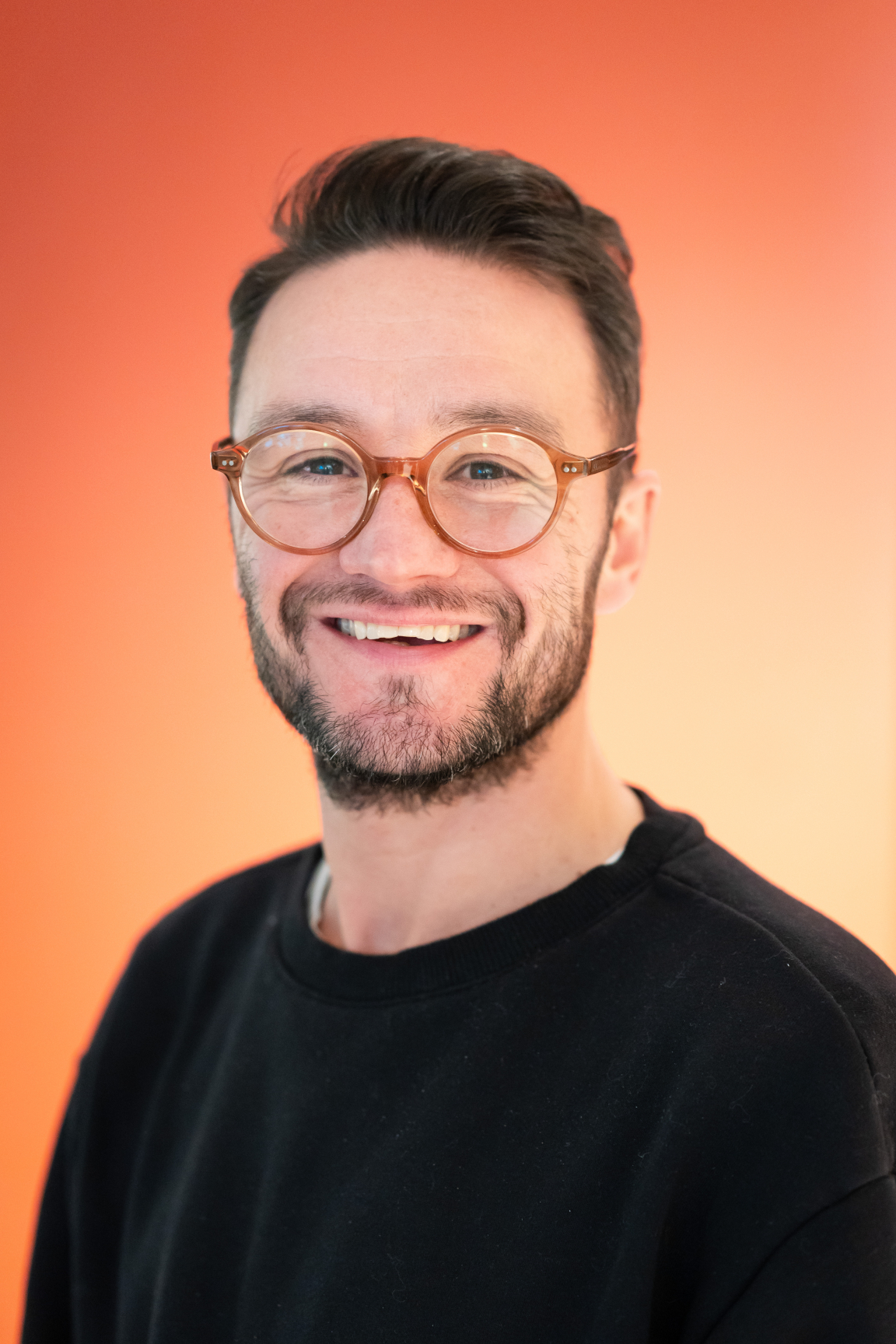
Andrew Hadden, associate architect, HLM Architects
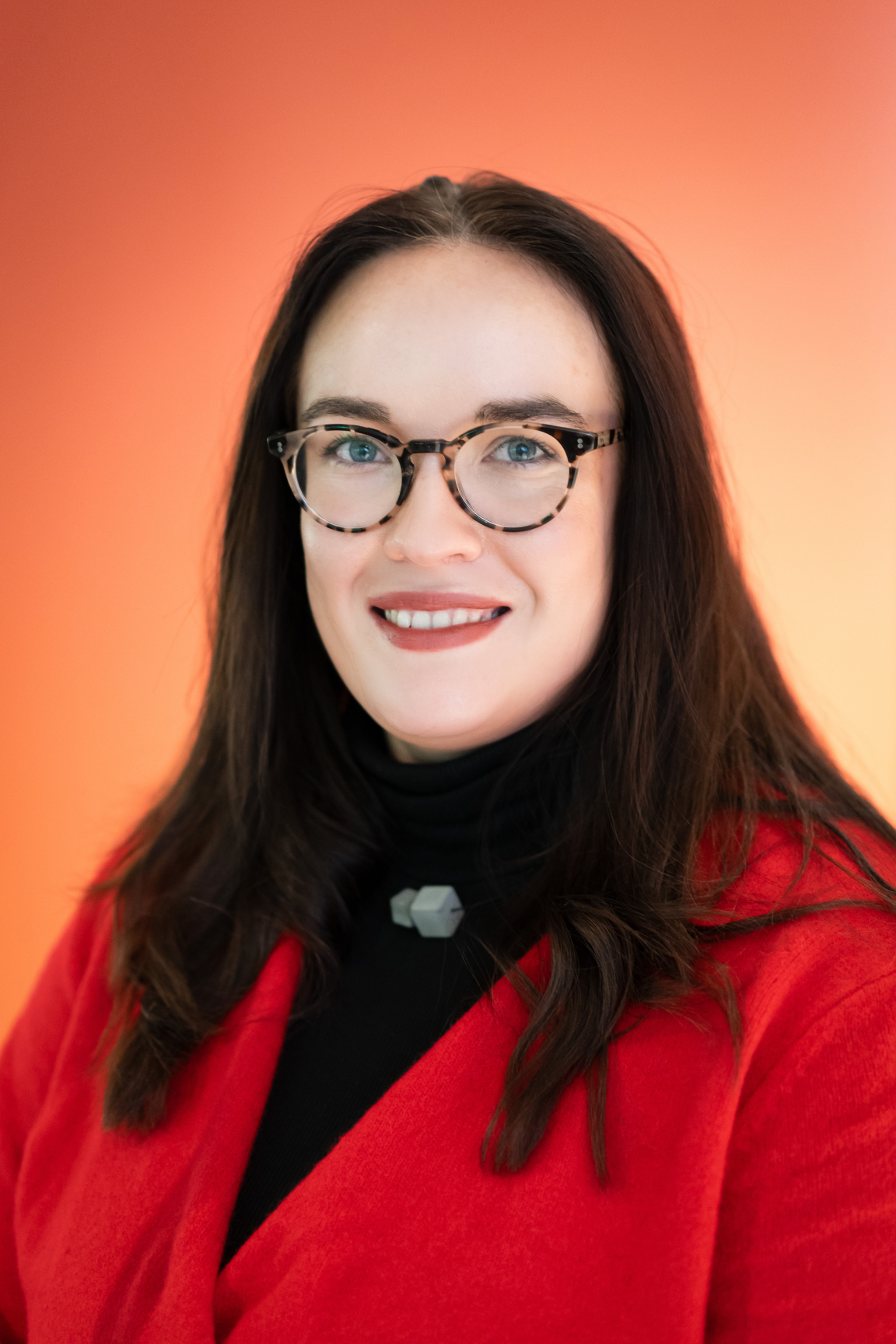
Sarah Lawson, associate architect, Michael Laird Architects
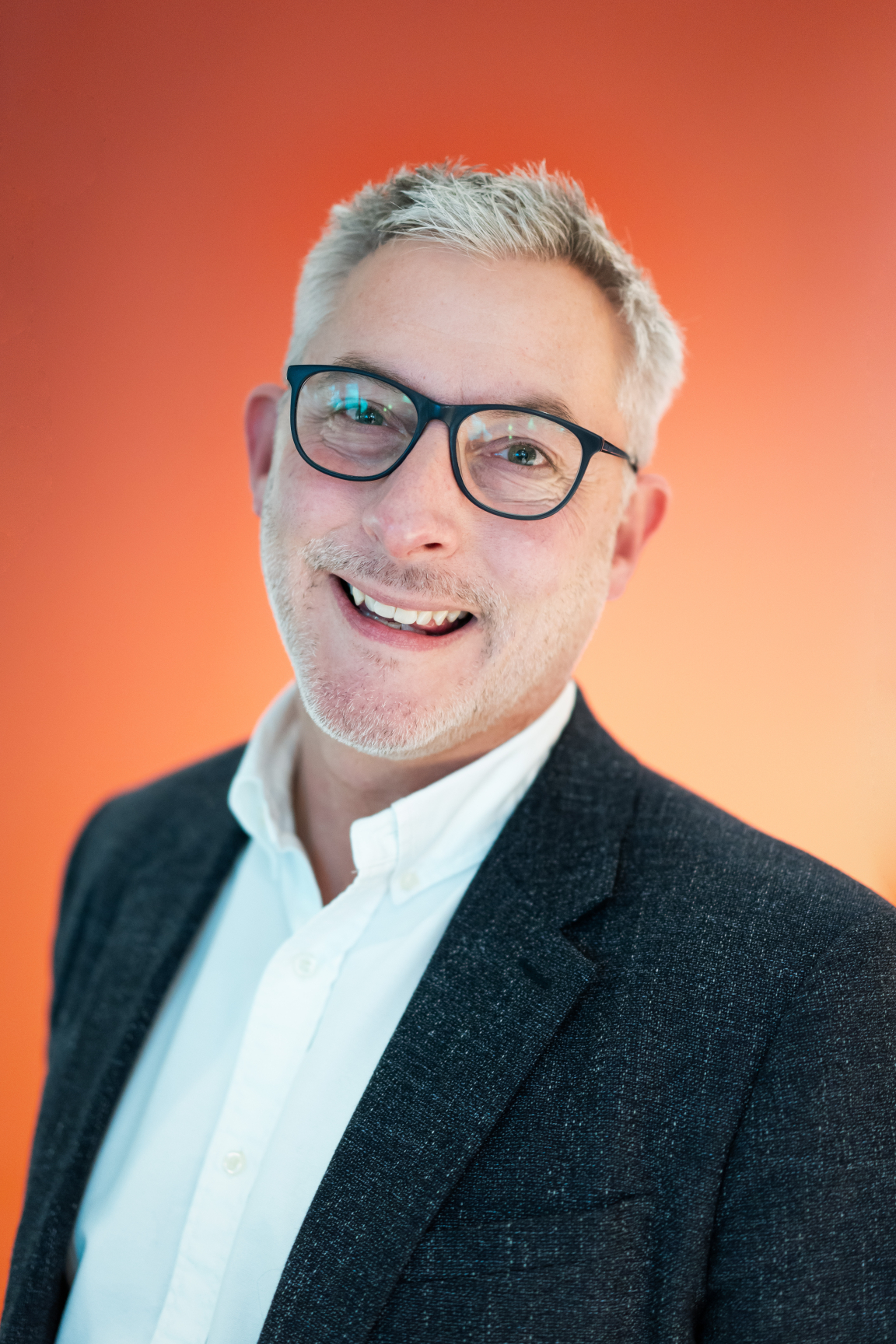
Richard Strong, national sales manager, EGE Carpets
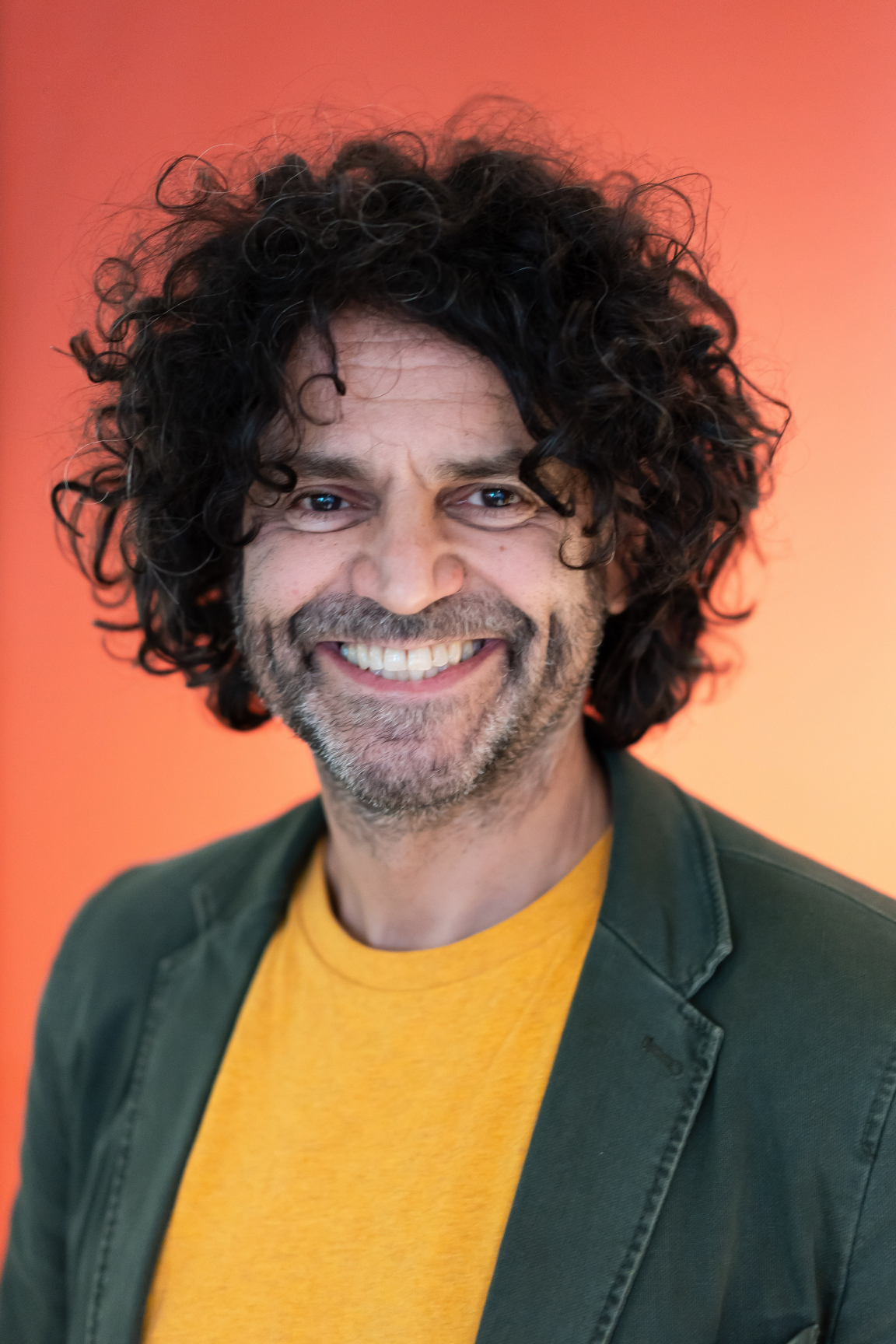
David Smalley, director, Material Source
Is flex what the future wants?
Perhaps most appropriately when exploring the future of workplace, the discussion kicked off with a focus on the youngest generation due to enter the workforce in the next few years. In anticipation of what they might be looking for from a potential workspace, David asked: “do young people want to be in a dedicated office, or not?”
Sarah Lawson, associate architect, Michael Laird Architects, offered some context to start: “In three years’ time, there’s a generation called Generation Alpha that will be 16 and eligible to undertake apprenticeships. And in six years’ time, the last generation of Baby Boomers will be able to retire, so in the space of six years the demographic pendulum is going to move from directors to new graduates. I find it hard to say we can put a pin in whether young people want to be in the office, because the reality is that the young people who will be entering the workforce in the next six years are currently in education. We’re very much on the cusp of change.”
Richard Strong, national sales manager at EGE Carpets believes that “Young people want flexibility”, adding: “From the conversations we’ve been having, it’s clear that some businesses need to offer that to attract talent. But on the flipside, in terms of growth and development, it’s about allowing that learning from more senior people in the workplace.”
Flexibility is a point that’s been raised at every one of our seminars and roundtables on the theme of workplace, and according to a piece by Forbes, which highlighted the results of a survey by Slack, “workers with full schedule flexibility reported 29% higher productivity and 53% greater ability to focus than workers with no ability to shift their schedule.”
But does this just apply to the younger generation of workers? According to the group, 'no' – it’s a myth that it's only young people that want flex. It's a cross-generational priority.
Designing spaces for multiple generations clearly has its challenges, and Andrew McMillan, project director, Government Property Agency, said on the subject, “When talking about multiple generations existing in the workplace at the same time, it’s also about designing for people that aren’t even in the workplace yet. You’ve got to hold that in your mind: who will be there? How will they work? What will they want?”
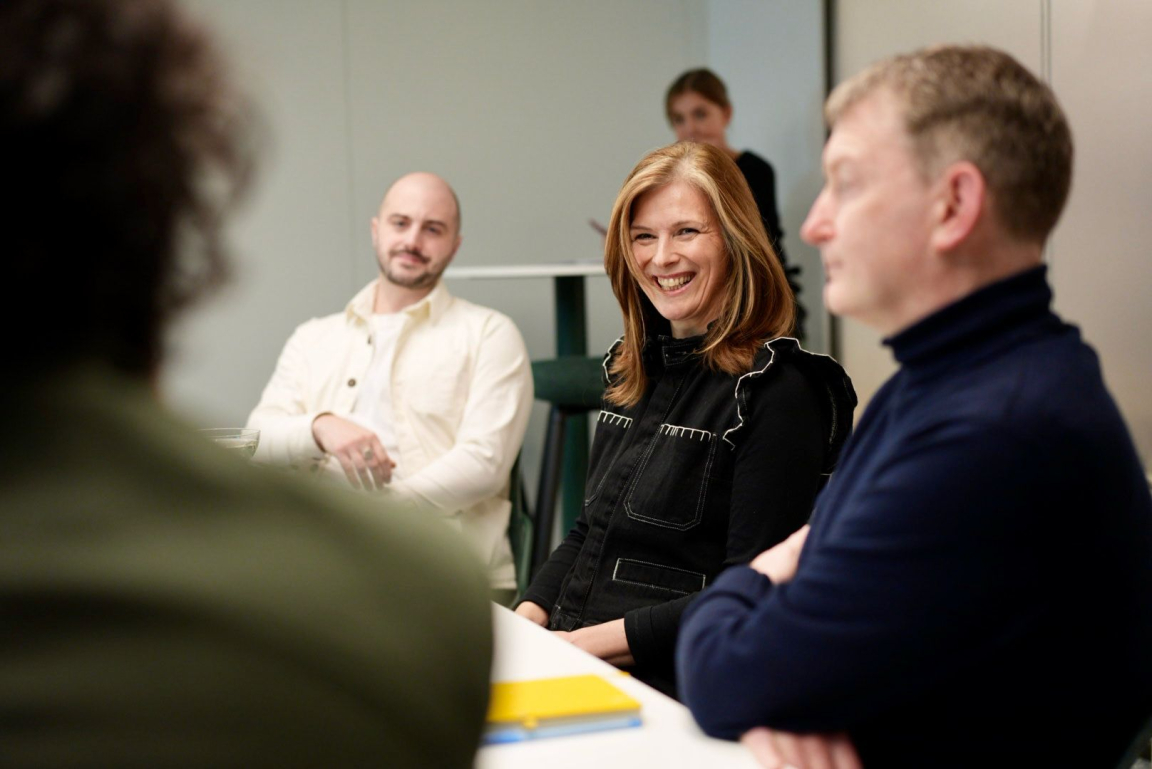
Credit: Victoria Middleton
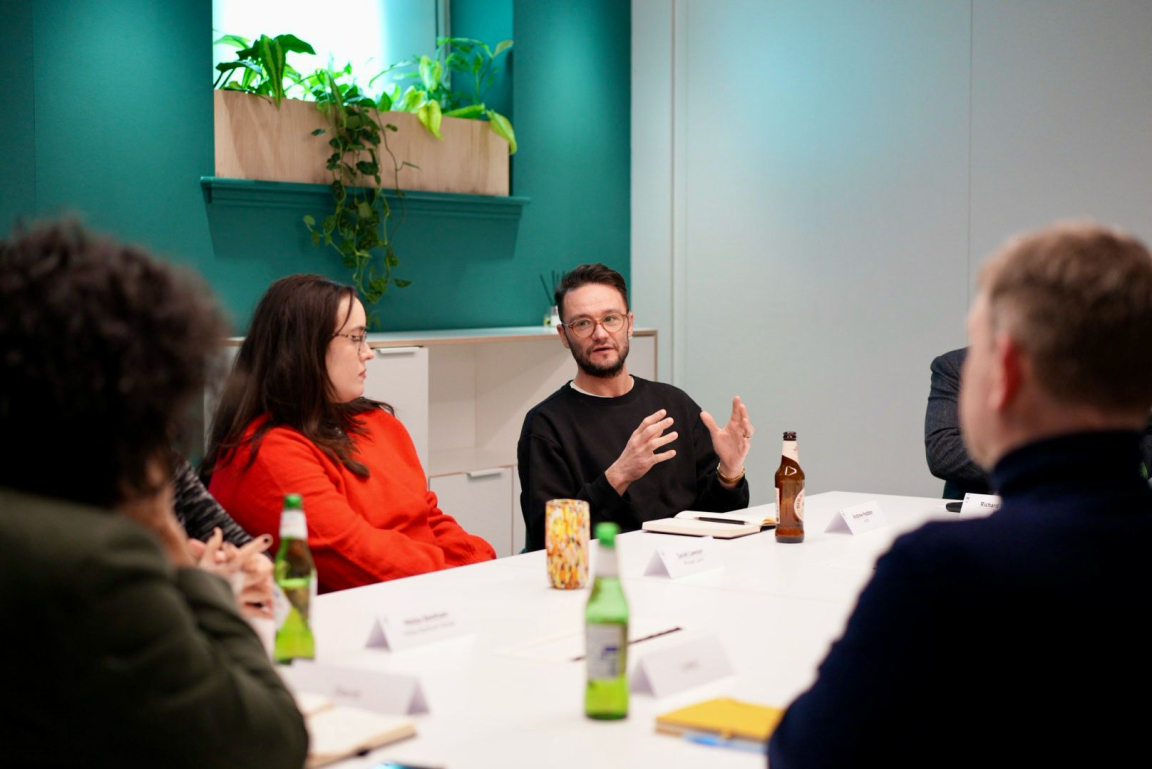
Credit: Victoria Middleton
“Workplace has never been more complex for designers, has it?” replied David – to a resounding response of nods around the table.
Andrew McMillan suggested that this rise in flexibility has caused a power shift within organisations, between them and potential talent, “It used to be that ‘specialists’ at a higher level were the only ones who were allowed to move around, but as jobs have become more specific to individuals and their skill sets, there’s been more of a focus on getting the person in, and then asking, what does this person need to do their job effectively and successfully? And that’s moved its way down the food chain.
There’s been a societal shift – instead of you coming to us for the job, it’s now we come to you for your skills - Andrew McMillan
The flaws in flex
Andrew Hadden, associate architect, HLM Architects, believes there could be a downside to the lean towards flexibility – particularly for the younger generation. “My concern with young people and their work environment is I worry there is going to be a generation that lack certain skills in communication because they’ve not been around senior people.”
Chris Carr, associate workplace consultant, SPACE, continued with the point that after two years spent online, “Networking and socialisation can only come from being surrounded by peers, managers, and mentors.”
Melba Beetham, designer, and lecturer at the Glasgow School of Art agreed that for the future generation of budding designers – “there does seem to be an awareness of needing to be in practice for that transfer of knowledge.”
David picked up on the point made by Andrew about this shift when it comes to attracting talent, he asked “who has the power? The employer or the skilled potential employee?”
Andrew McMillan responded, “This has emerged with the concept of the ‘digital nomad’, with people’s perceptions that it’s their skill, and it lies with them – they are the skill itself.”
But Kirsty Lang, designer and director, Graven, argued, “This can’t be done from day one though, can it? Graduates can’t just leap to what Andrew’s describing?”
“And surely this is also down to supply and demand in the job market?”, added Melba.
Andrew replied, “Economic factors play a role, and it depends on the skill set. I would argue things like coding and software development are being taught at primary level, and this applies to design through creating digital space. But there are, of course, workplaces where the technology hasn’t yet caught up.
“The Leesman Insights released earlier in 2023 stated that there was a significant difference in the willingness to attend a work environment for higher performers, versus lower performers. To my mind, this speaks to, if you have a high-quality environment, you will go there and do good work. And if you don’t, then you can’t.”
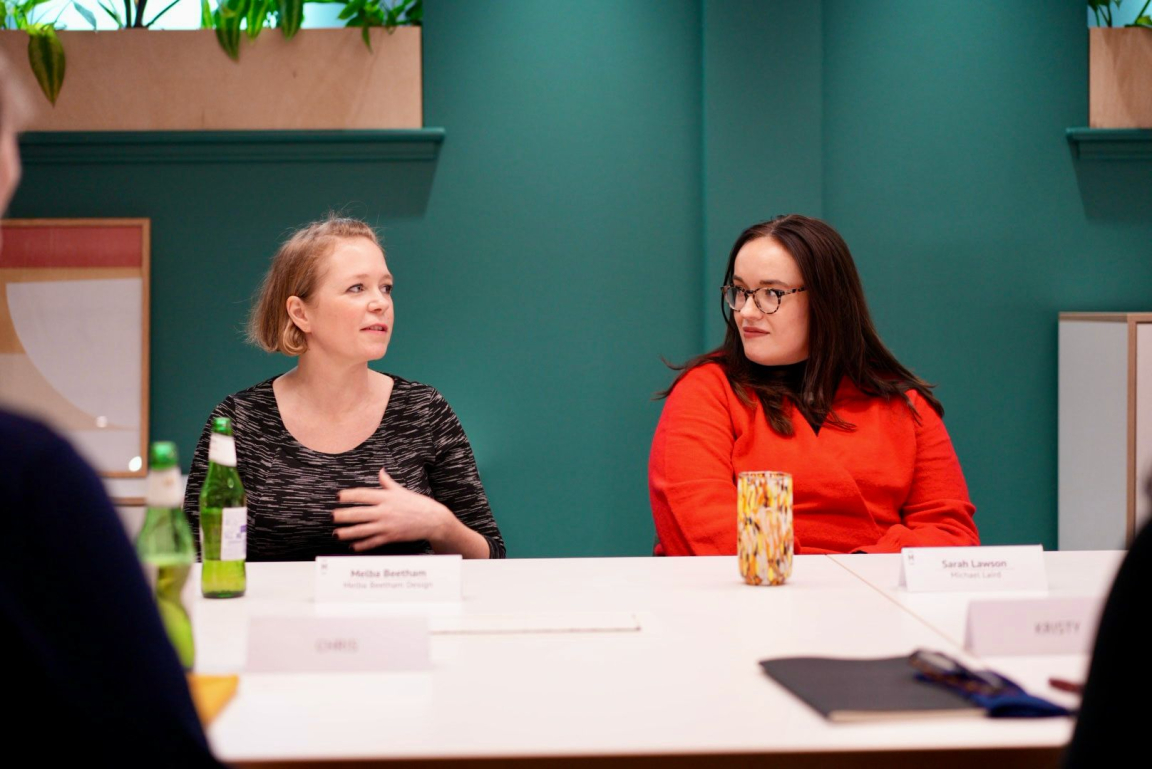
Credit: Victoria Middleton
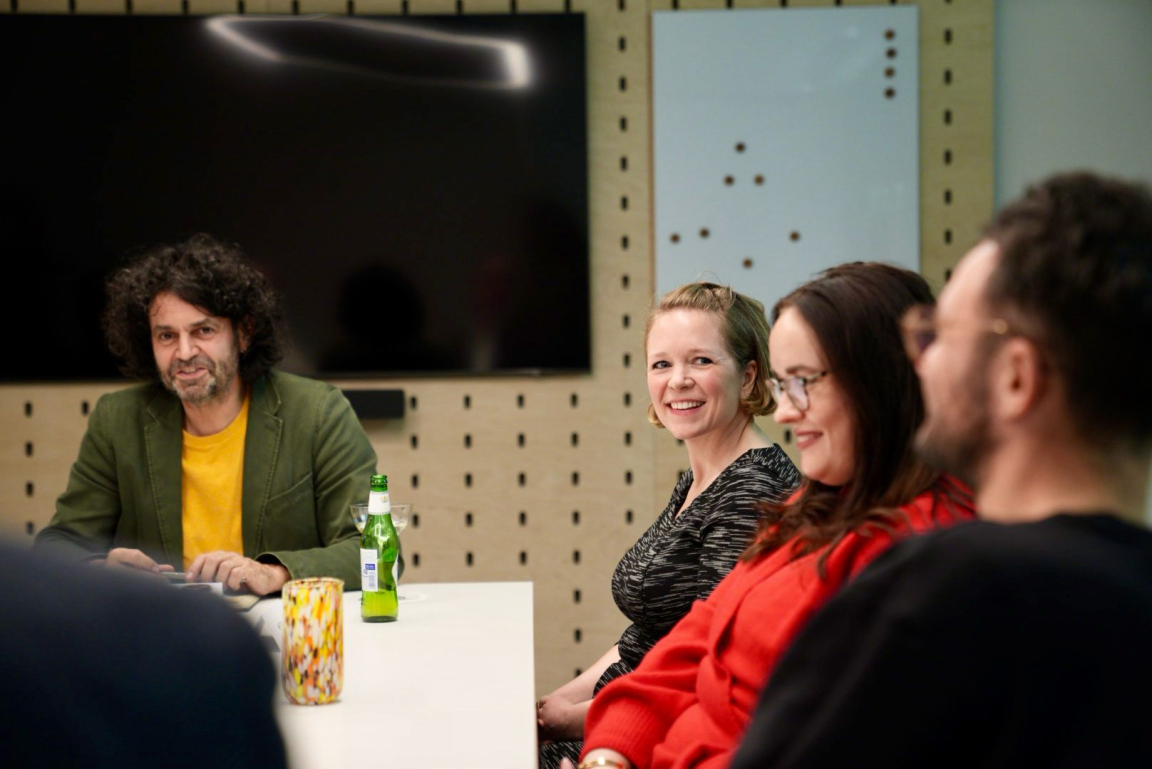
Credit: Victoria Middleton
Tackling talent
“So, does the topic of talent come up when you’re speaking to clients?” continued David.
It was agreed that the conversation doesn’t always start with the attraction of talent – it’s more something that emerges as part of a wider discussion around growth and ambition.
Chris commented, “When we design offices, we engage with the people that work there. But there’s nothing to say those people won’t move on. So, you can’t design a workplace specifically for the individual.
But fundamentally, if you’ve got good people, you want to retain them. If others have good people, you want to attract them – Chris Carr
Sarah added, “We tend to design for company ethos, so it suits both the people that work there now, and those that will work there in 5, 10, 15 years.”
Sparked by a member of the group mentioning that a keyword included in a client’s brief was ‘curiosity’, the question was posed: are briefs getting more exciting?
Kirsty responded, “Briefs are certainly now far more people centric – it used to just be about fit-for-purpose and how can we work smartly, and efficiently, and it was 70% about desk, with some meeting rooms…”
Budget was said to play a major role – though designers can, of course, create with minimal resource, there will always be limitations. And some businesses may feel anxiety around losing staff to companies that can invest in ‘new and shiny’ workspaces.
David asked, “How does neurodiversity factor into this conversation?”
Andrew McMillan said, “We work with organisations that have a very finite, specific focus on neurodiversity, the majority of people they attract are incredibly likely to have one or more neurodiversions. And it means catering to workforces that don’t necessarily want the campus lifestyle, they want something specific. The balance exists between creating new but very specialised environments.”
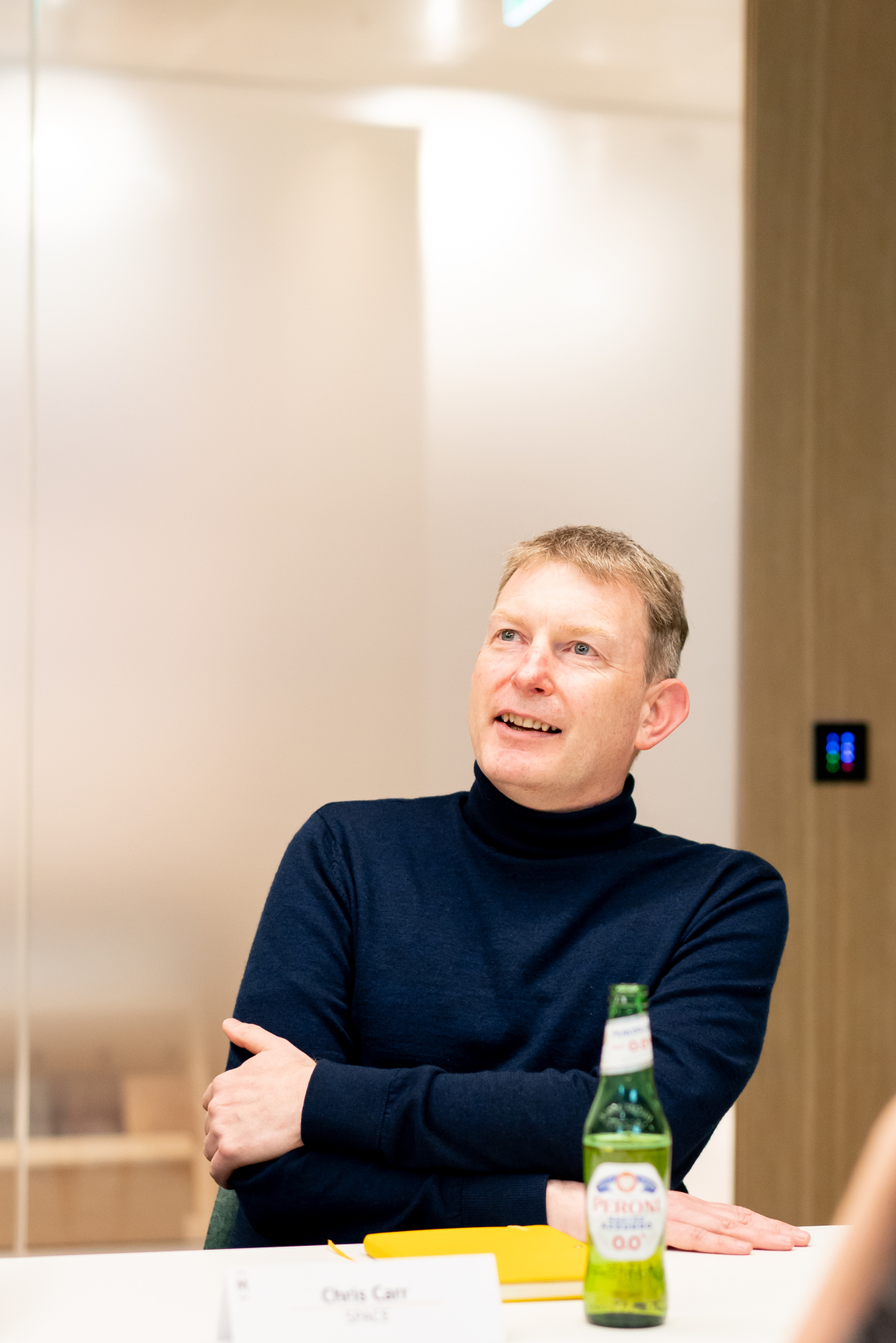
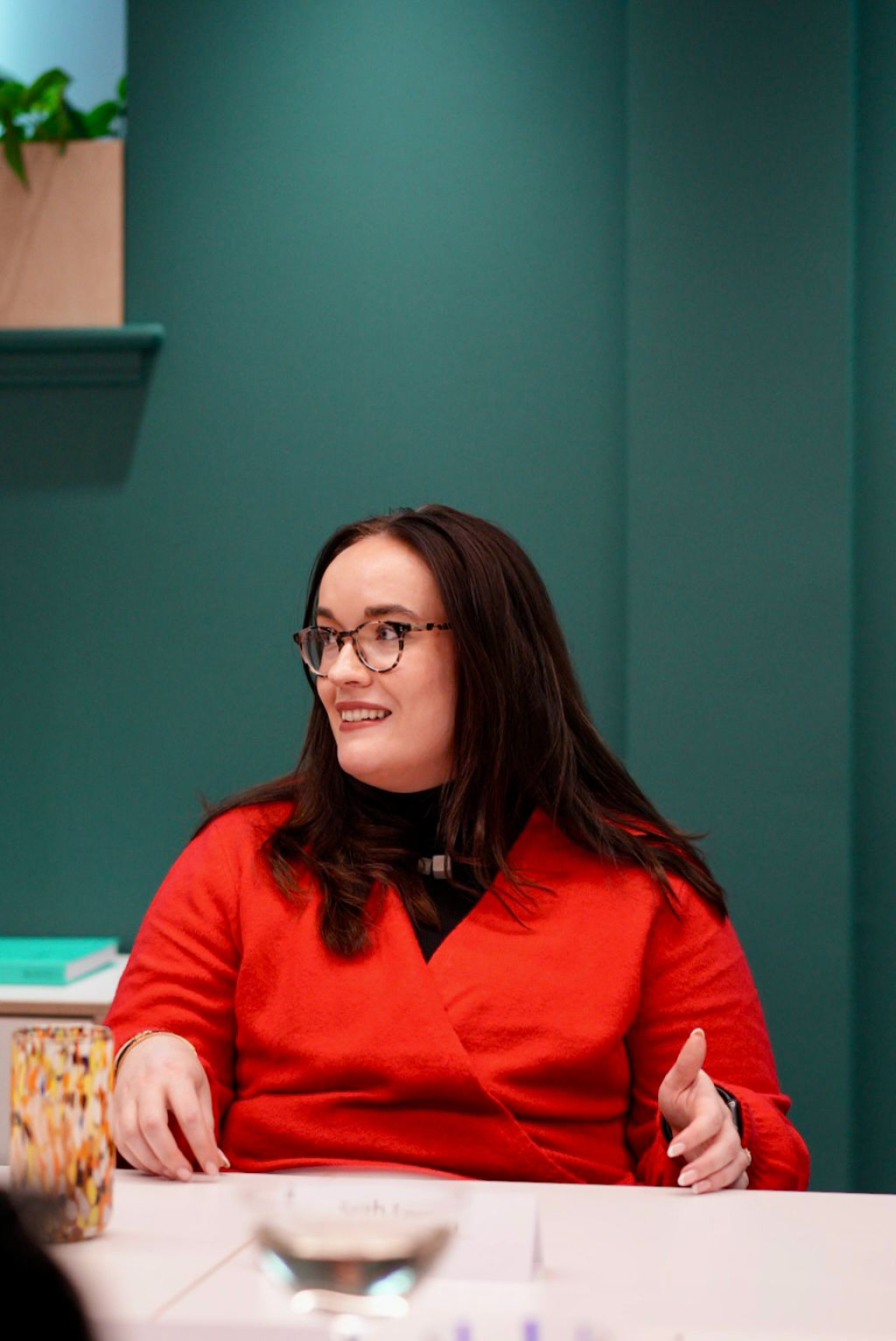
Credit: Victoria Middleton
“And technology?” continued David. According to Chris, it’s not always the go-to solution. “We’ve integrated technology into meeting rooms for clients, and they’ve forgot it was there. I don’t think technology is the solution to every space.”
David brought up a point made in a previous roundtable discussion, where it was suggested that designers aren’t always bold enough with their clients. Does a conundrum exist between what employees and employers want, and what designers think they need?
Kirsty suggested, “It’s down to good engagement. Usually, you have engagement with the senior management team, and you get their vision, and we will take on board what’s really important from this cross-section of people. Interestingly, when we speak to people who work in the technology sector, they don’t want tech. They want to go and sit in a room that’s calm with plants, and natural light, and quiet.
When it comes to clients, you can’t make any assumptions – it’s about listening and creating a solution where technology is future-proofed - Kirsty Lang
Data that drives action
“On the topic of technology, what about collecting data through sensors?” David asked the group.
“It’s what you do with it, isn’t it?” offered Chris. “You can collect all the data in the world, but if you don’t turn it into insights then what’s the point?”
Some suggested that Wi-Fi or swipe card data could be more widely used for monitoring, as they are much cheaper solutions than under desk, IR and optical sensors.
Bringing sustainability into the conversation, Andrew Hadden, said, “Gathering this kind of data is crucial to managing the carbon of the workplace. Organisations need to know how many people are using a certain space for what period of time, because it’s a problem having to heat a whole building for perhaps just the two people that are working there. This is crucial for estate management and understanding your assets.”
Gathering this kind of data is crucial to managing the carbon of the workplace – Andrew Hadden
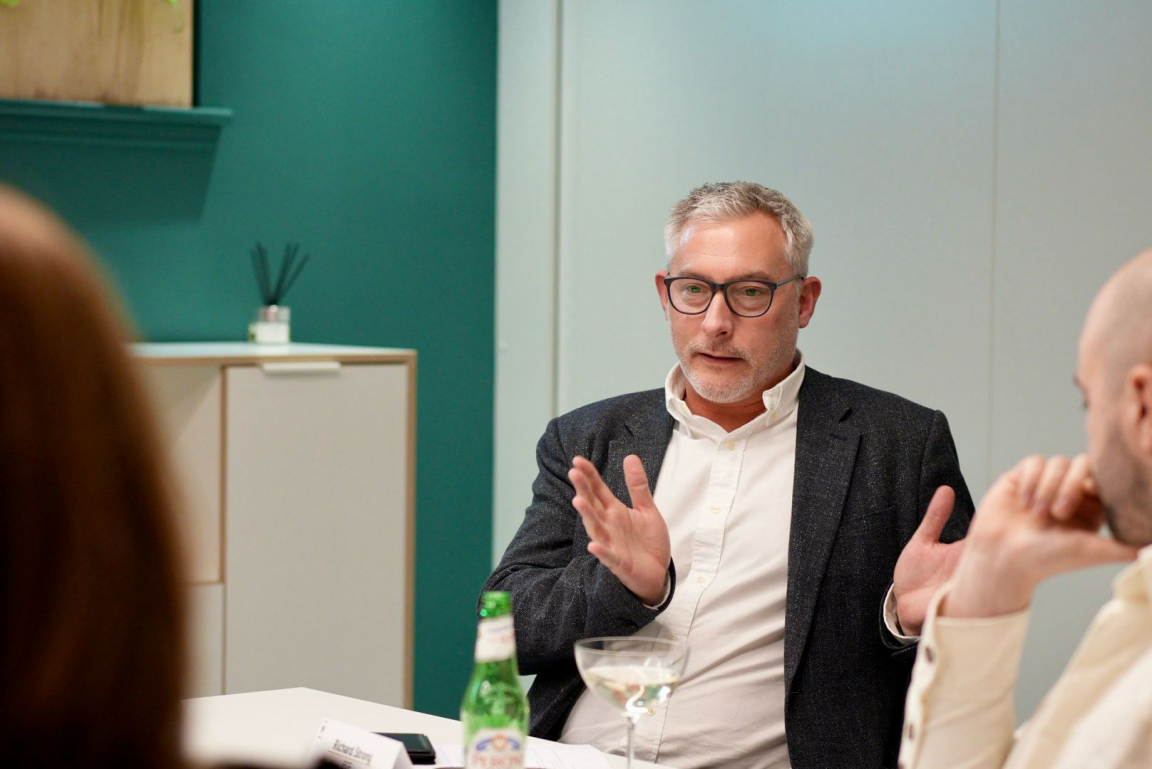
Credit: Victoria Middleton
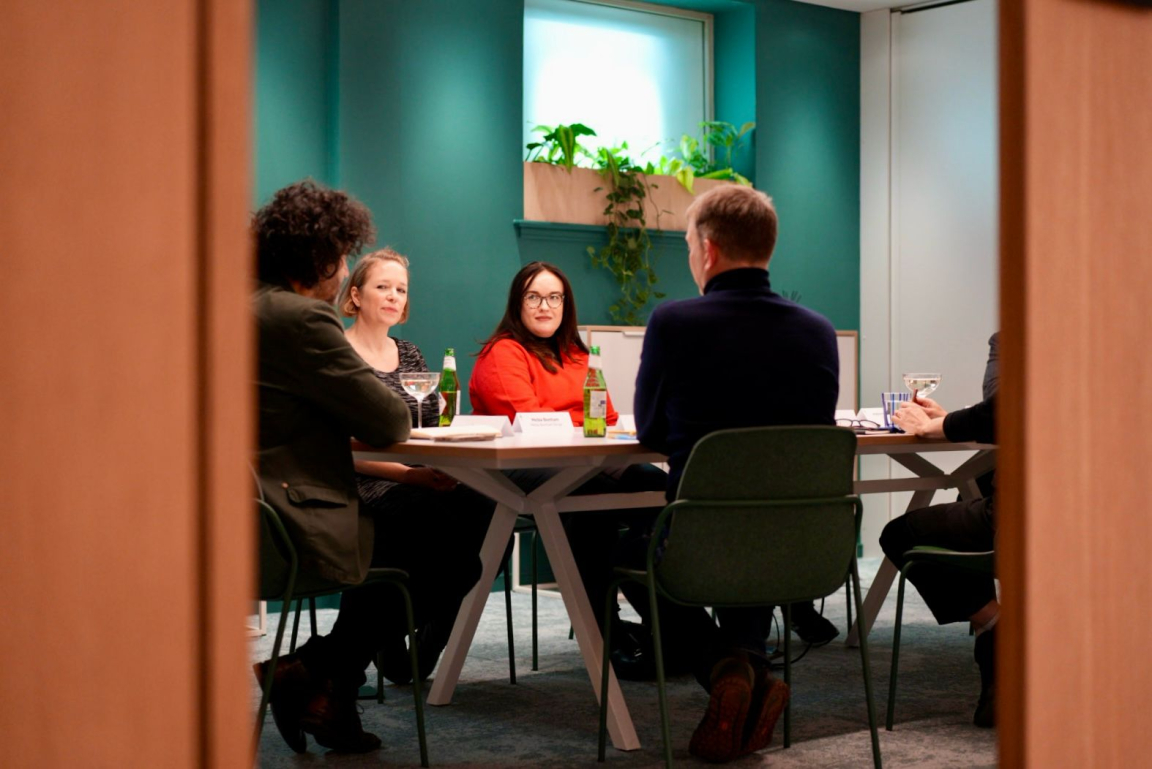
Credit: Victoria Middleton
Sarah mentioned the challenge around limited infrastructure, “From the conversations I’ve had recently, the conclusion is that gathering this information, and data utilisation is important, but how do you implement when undertaking retro-fit and the infrastructure of an existing building is already in place?"
Andrew McMillan believes data collection will become more widely adopted over time due to becoming more affordable - “I think there will be a push to put in utilisation technology, because they’ll see that people aren’t using the buildings, and this will inform how they develop buildings 20 years in the future. This kind of technology is like DVD players, it’ll get cheaper in time.”
In the interim, it was suggested that many will use the aforementioned less sophisticated technology. There was an urge to just use the data that's accessible to test assumptions.
Andrew added, “There’s conflict in conversations between carbon, getting people in the office, and open plan solutions. Cellularisation of the workplace is becoming more popular, making space more efficient – instead of heating a whole building, heat a smaller space. We’re exploring smaller developments.”
“If there are less people going into the office, then, do you fear for your jobs?” asked David.
Everything involves strategy and design. But designers need to be more effective than ever before – Sarah Lawson
Looking ahead
To bring the discussion to a close, for now, David asked the guests to cast their minds forward, to ponder, “Where will workplace be in 10 years’ time?”
Kirsty suggested that flexibility – discussed at the top of the conversation – must, as well as applying to work patterns, also apply to design. “We’re designing for flexibility; we don’t design for done and dusted solutions anymore but different scenarios – we always recommend to clients that they leave budget to revisit.”
And the importance of hybrid was raised here, with it said that across both education and workplace, those that don’t offer a hybrid solution could be minimising the demographic of people who could otherwise learn from them, or in workplace - work for them – “Hybrid offers equity”.
Andrew McMillan thinks a 'hub and spoke' model will become more prevalent, “I think in the next 10 years, we’ll see a reduction in the scale of individual workplaces, and greater diversification of those workplaces, I think they will be smaller, in more locations and of a higher quality.
“So a monolithic building with large shared meeting space, that’s the 'hub', and then smaller ‘spoke’ offices for day-to-day use. If you want to know what the workplace will be like in 20 years, you look at education. School is the first place you ‘do work’, and then higher education is the first place you ‘go to work’, so look at universities to see what workplace will do next.”
“I’d like to think that in 10 years’ time, technology would be less of a sticking point for most organisations”, said Chris, “I think people will still be the biggest challenge. Though design will always adapt. It also depends on where the economy is, this determines whether we can look at things beyond people’s immediate needs.”
It was agreed by all that innovation grows in times of turbulence. And this has been the case over the last 2-3 years.
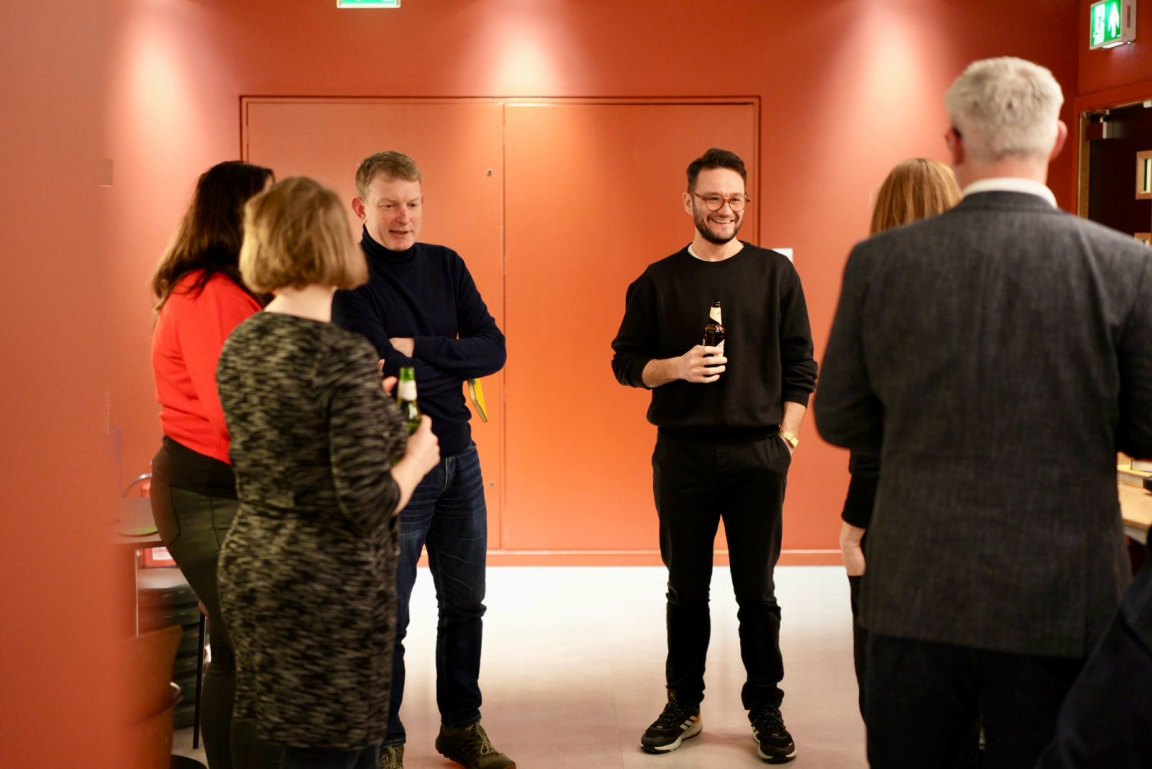
Credit: Victoria Middleton
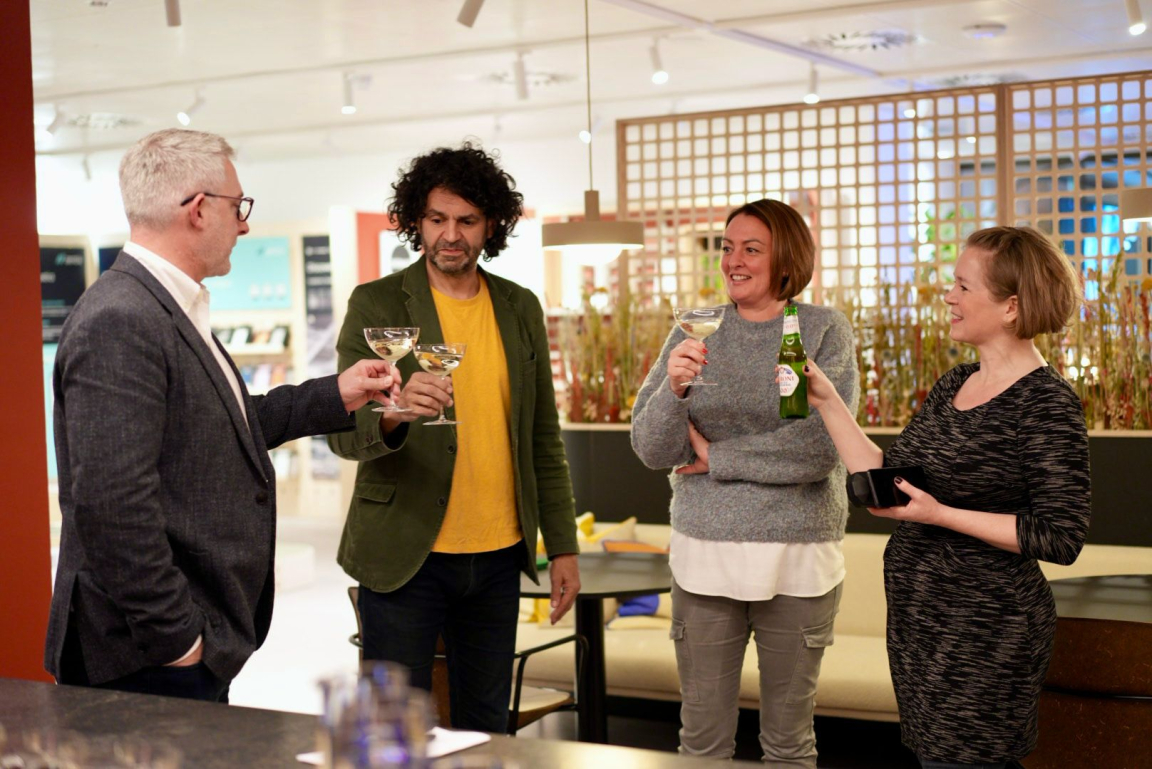
Credit: Victoria Middleton
“Will we go back to working from the office 5 days a week?” asked David.
“Some people will”, answered Andrew McMillan, “but it will be a choice.”
Kirsty argued that regardless of how many days a week a business wants its workforce to adhere to, giving clear leadership and offering flexibility is key, while allowing people to focus. “Practicality over presenteeism.”
“The people who are looking after others may feel the need to go in from a leadership perspective – they see themselves as the hub, and the staff they manage are the spokes”, continued Andrew McMillan. It was also suggested by Andrew that levels may be preferable over full office buildings going forward, while also citing the possible fall of the ‘campus mentality’.
And though flexibility was seen as being ideal by all, it was noted that businesses want to see return on investment – how do you ‘heart and minds’ what is a financial conversation?
The square footage equation doesn’t work anymore – Melba Beetham
A final question from David asked, “How is Glasgow doing as a city?”
Andrew McMillan, who has lived in both Glasgow and Manchester, replied, “Glasgow will be what Manchester is now in 10 years’ time. And that, I think, is hugely positive.”
Stay tuned for more insight into the future of workplace, coming soon.
Our thanks goes out to all our roundtable guests, and our partners and supporters for the evening, EGE.
All image credits: Victoria Middleton


